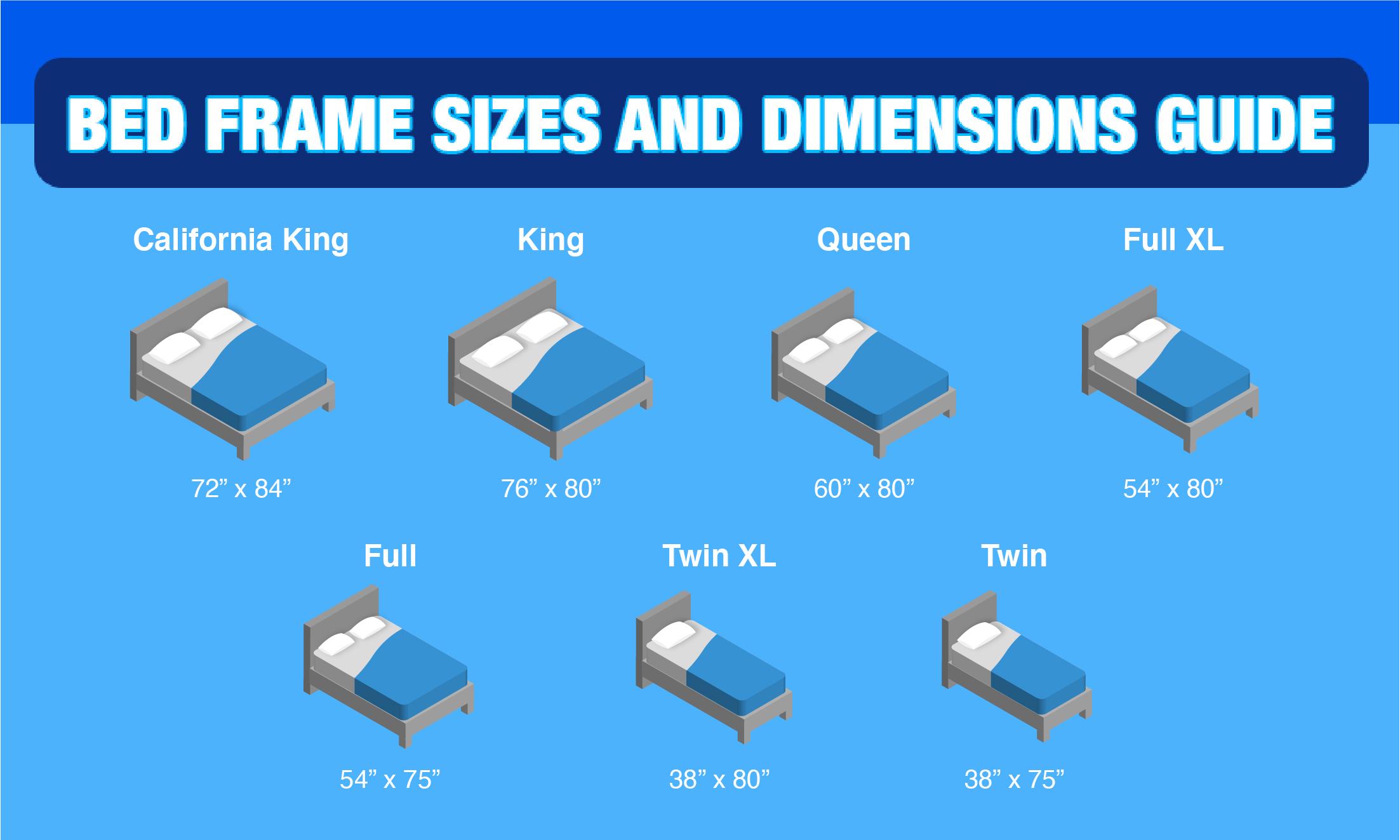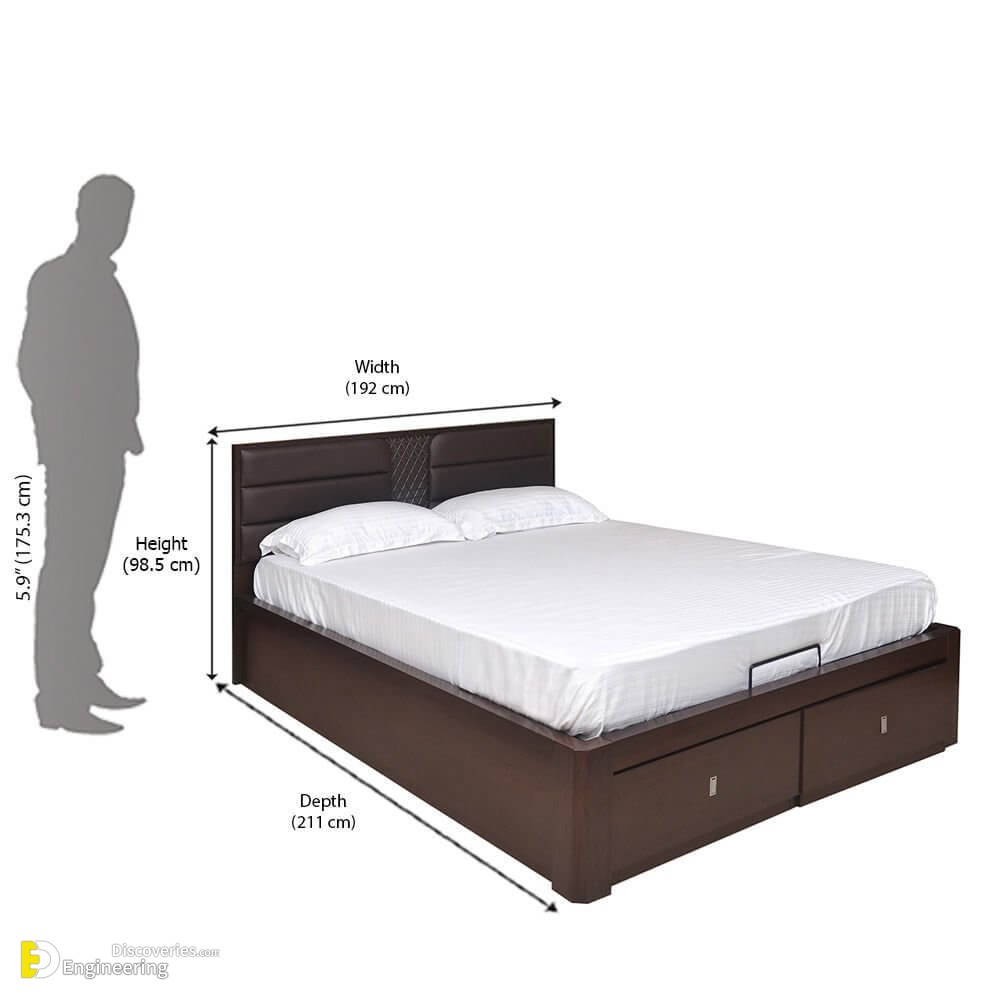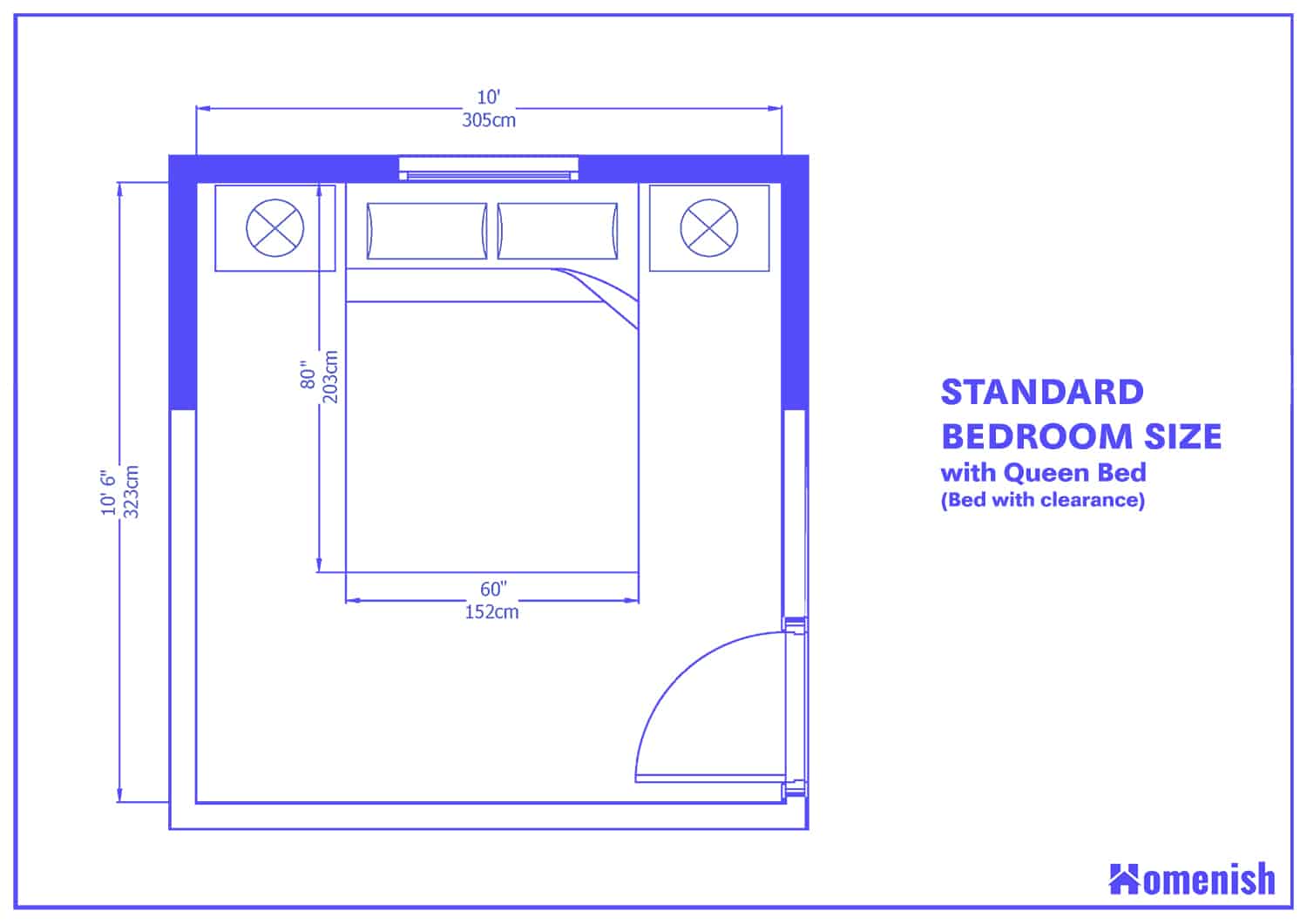What Is The Average Height Of A Bed
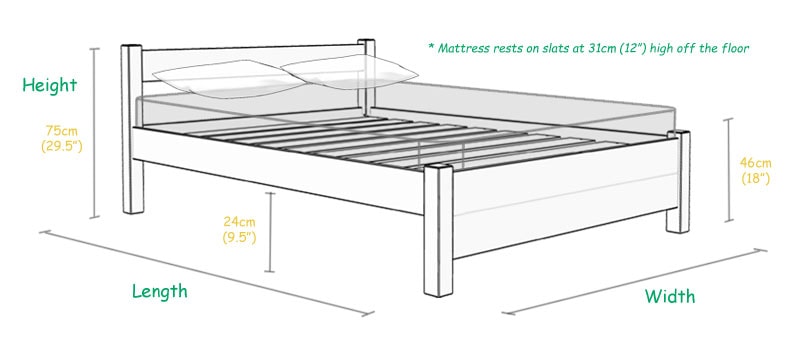
In a world where personalization increasingly dictates our choices, even the height of our beds is no longer a one-size-fits-all affair. The seemingly simple question of the average bed height reveals a complex interplay of evolving design trends, accessibility considerations, and individual health needs.
This article delves into the nuances of bed height, providing clarity on what constitutes "average," the factors influencing optimal height selection, and the potential impact of this decision on comfort, health, and overall well-being. Understanding these aspects is crucial for making informed decisions that cater to individual needs and preferences.
The Elusive "Average" Bed Height
Defining the average bed height is more challenging than it appears. Generally, the height of a standard bed frame, including the mattress, falls within the range of 20 to 25 inches from the floor.
This range considers the common configuration of a bed frame sitting between 8 and 12 inches high, topped with a standard mattress measuring 10 to 13 inches. However, this "average" represents only a starting point, as numerous variables come into play.
Factors Influencing Bed Height Choices
Several factors contribute to the increasing diversity in bed heights. These include design aesthetics, storage needs, and most importantly, individual physical requirements.
Design and Style Trends
Modern design trends lean towards platform beds, which often sit lower to the ground, promoting a minimalist aesthetic. These beds can be as low as 12 to 18 inches, including the mattress.
Conversely, traditional styles might favor taller frames, sometimes reaching 30 inches or more with elaborate headboards and footboards.
Storage Solutions
Beds designed with built-in storage are commonly taller to accommodate drawers or compartments beneath the mattress. This added height can be particularly beneficial in smaller living spaces where maximizing storage is a priority.
These storage beds can range from 25 to 35 inches, depending on the storage capacity.
Health and Accessibility Considerations
The most crucial factor influencing bed height is the individual's physical health and mobility. For individuals with mobility issues, such as the elderly or those recovering from surgery, a bed that is too low can be difficult to get into and out of.
According to the American Academy of Orthopaedic Surgeons, the ideal bed height should allow the person to sit on the edge of the bed with their feet flat on the floor and their knees at a 90-degree angle.
This often translates to a higher bed, typically between 25 and 30 inches, allowing for easier and safer transfers.
Perspectives on Optimal Bed Height
Different individuals have varying perspectives on what constitutes the optimal bed height, largely based on their unique needs and lifestyles. For younger, active individuals, a lower platform bed might be preferable for its aesthetic appeal and ease of movement.
However, older adults or those with back pain might prioritize a taller bed that reduces strain on their joints when getting in and out. Occupational therapists often recommend specific bed heights based on individual assessments to minimize the risk of falls and injuries.
"Choosing the right bed height is essential for promoting independence and preventing falls, especially for older adults," says Dr. Emily Carter, a leading geriatric specialist.
The Future of Bed Height Design
The future of bed design will likely see a continued focus on customization and adaptability. Adjustable beds, already gaining popularity, allow users to modify the height and angle of the bed to suit their individual needs and preferences.
Smart beds equipped with sensors and data analytics could further personalize the sleep experience by automatically adjusting the bed height based on the user's biometrics and sleep patterns. These innovations promise to revolutionize the way we think about bed height, transforming it from a static measurement to a dynamic and responsive feature.
Ultimately, the "average" bed height serves as a general guideline, but the ideal bed height is a deeply personal decision. By considering factors such as design preferences, storage needs, and individual health requirements, individuals can select a bed that promotes comfort, safety, and overall well-being. The evolution of bed design suggests a future where beds are not just places to sleep, but personalized havens tailored to our unique needs.

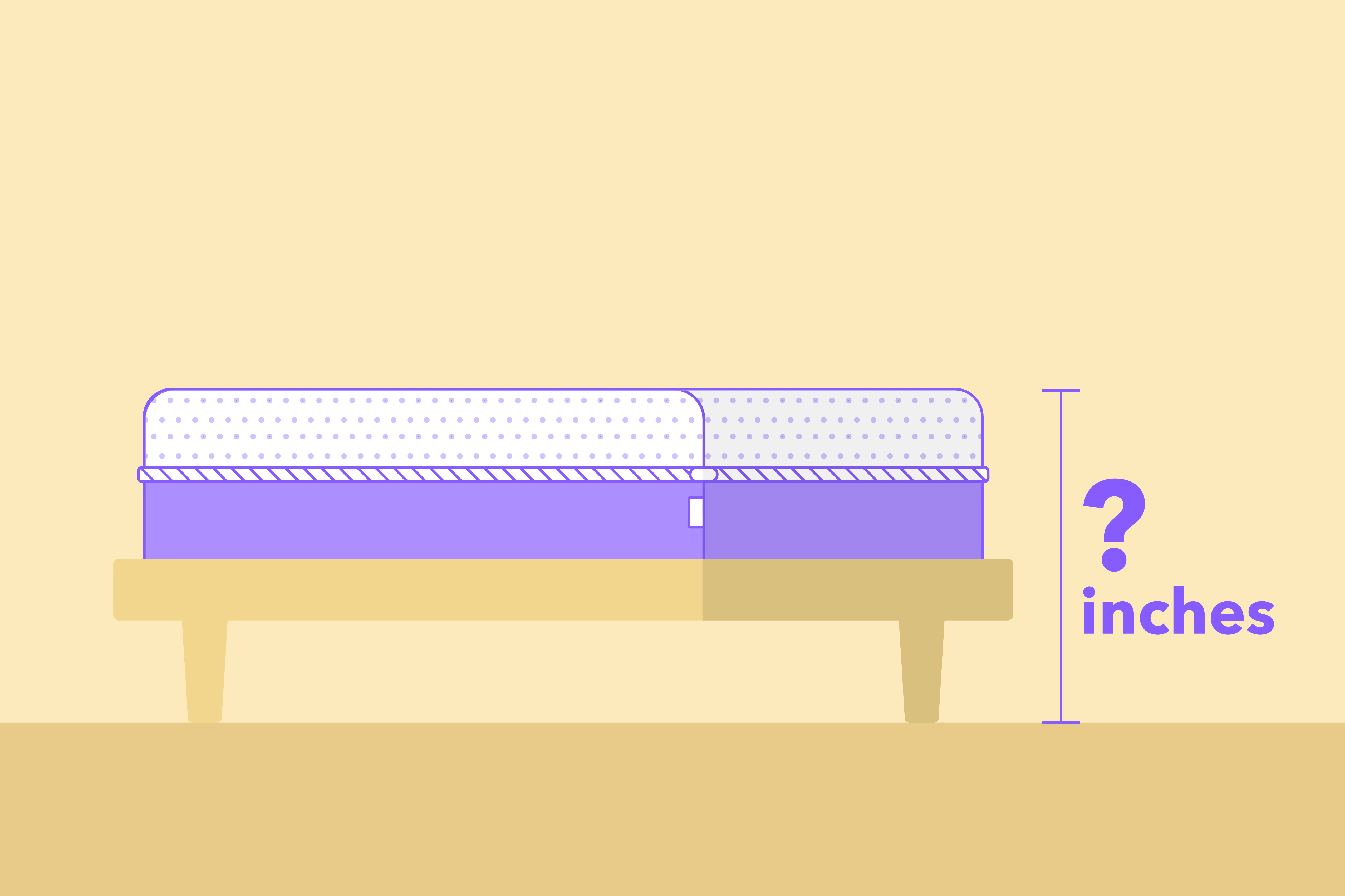

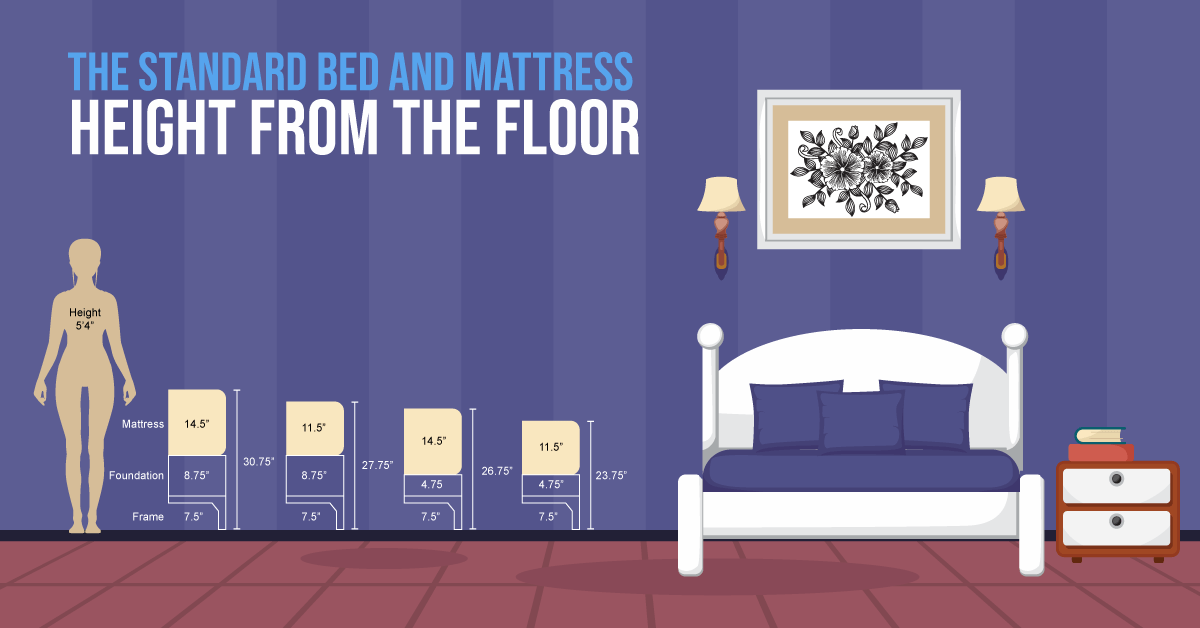
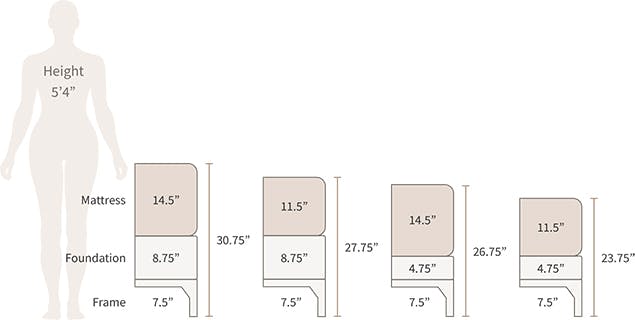
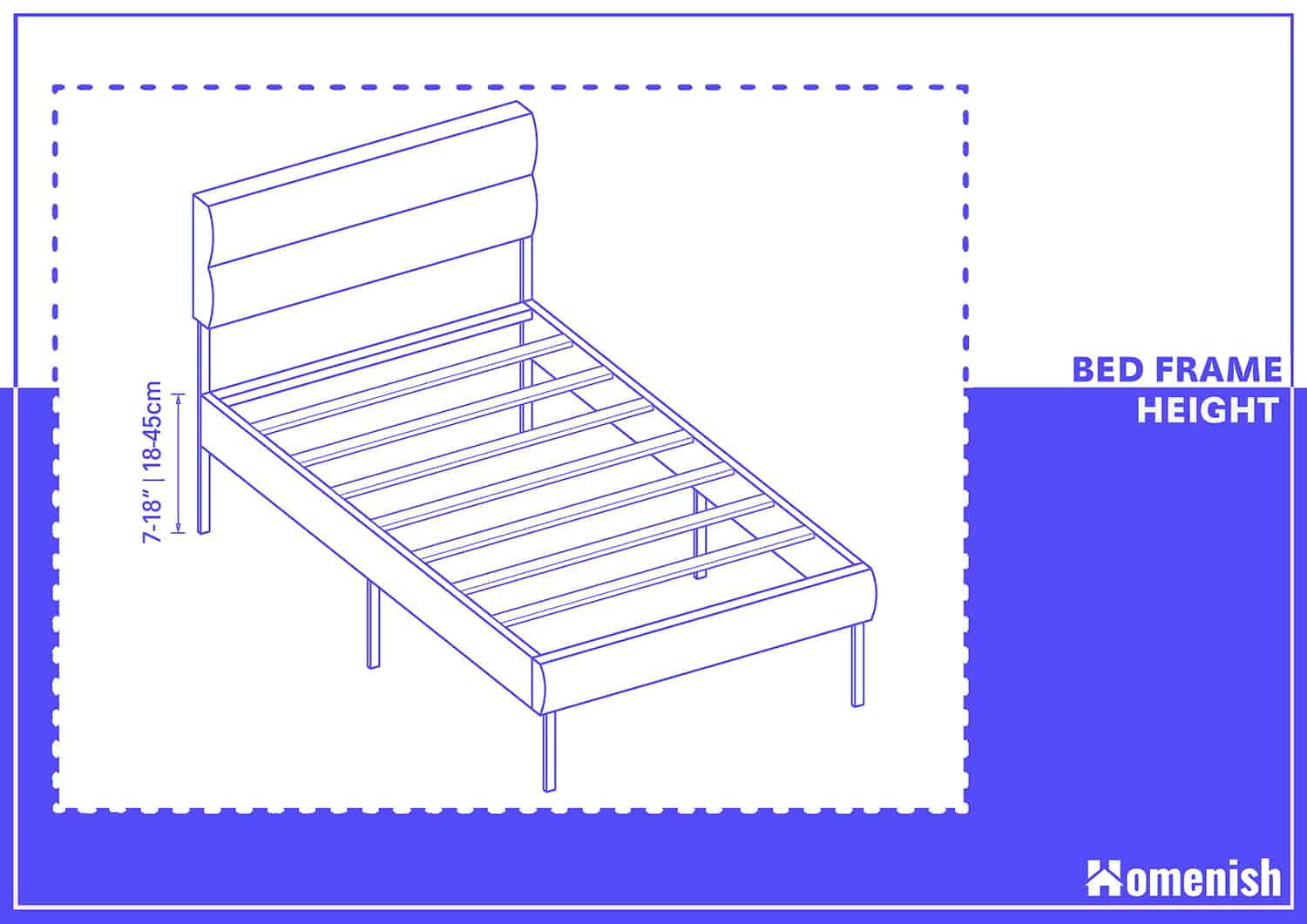

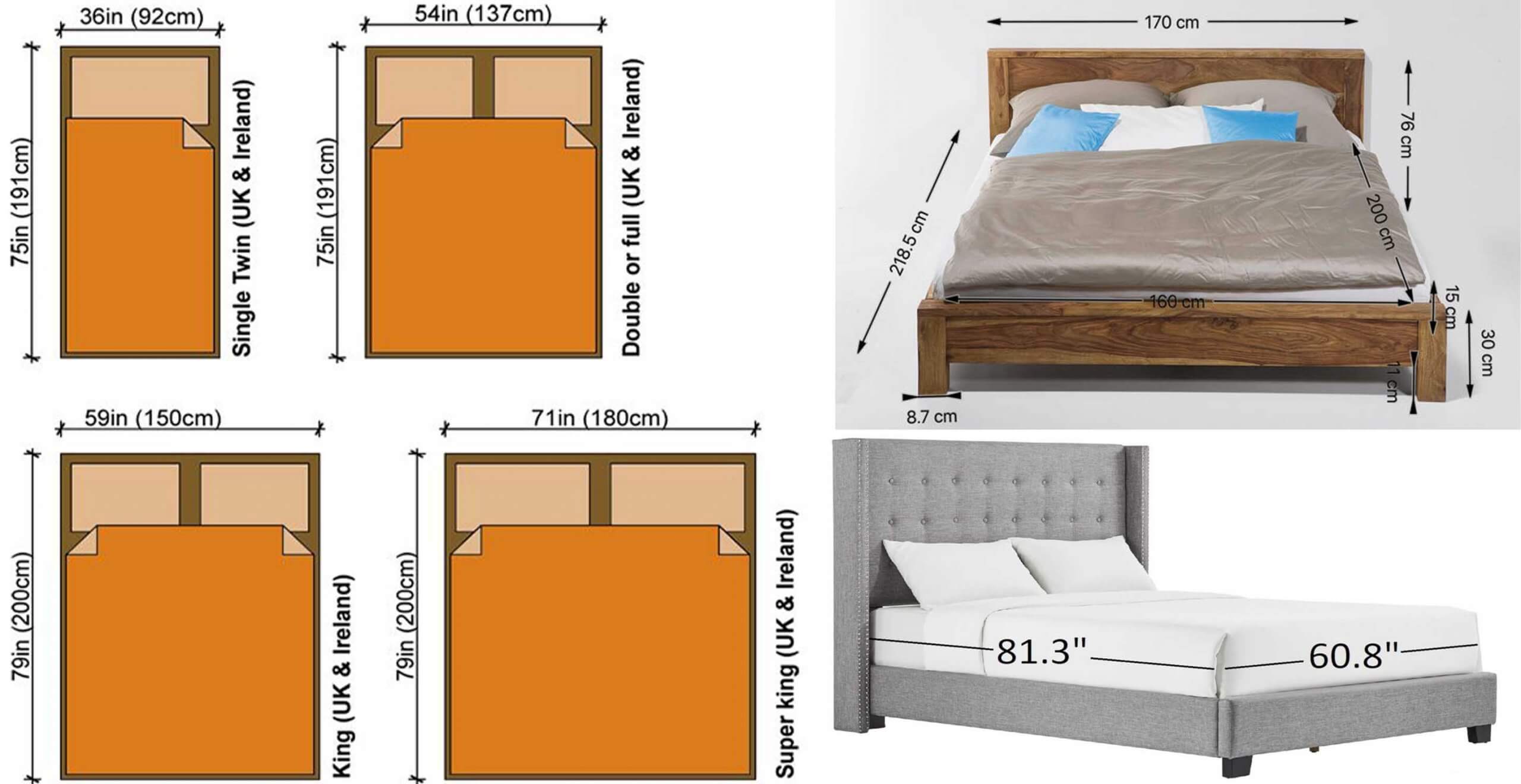
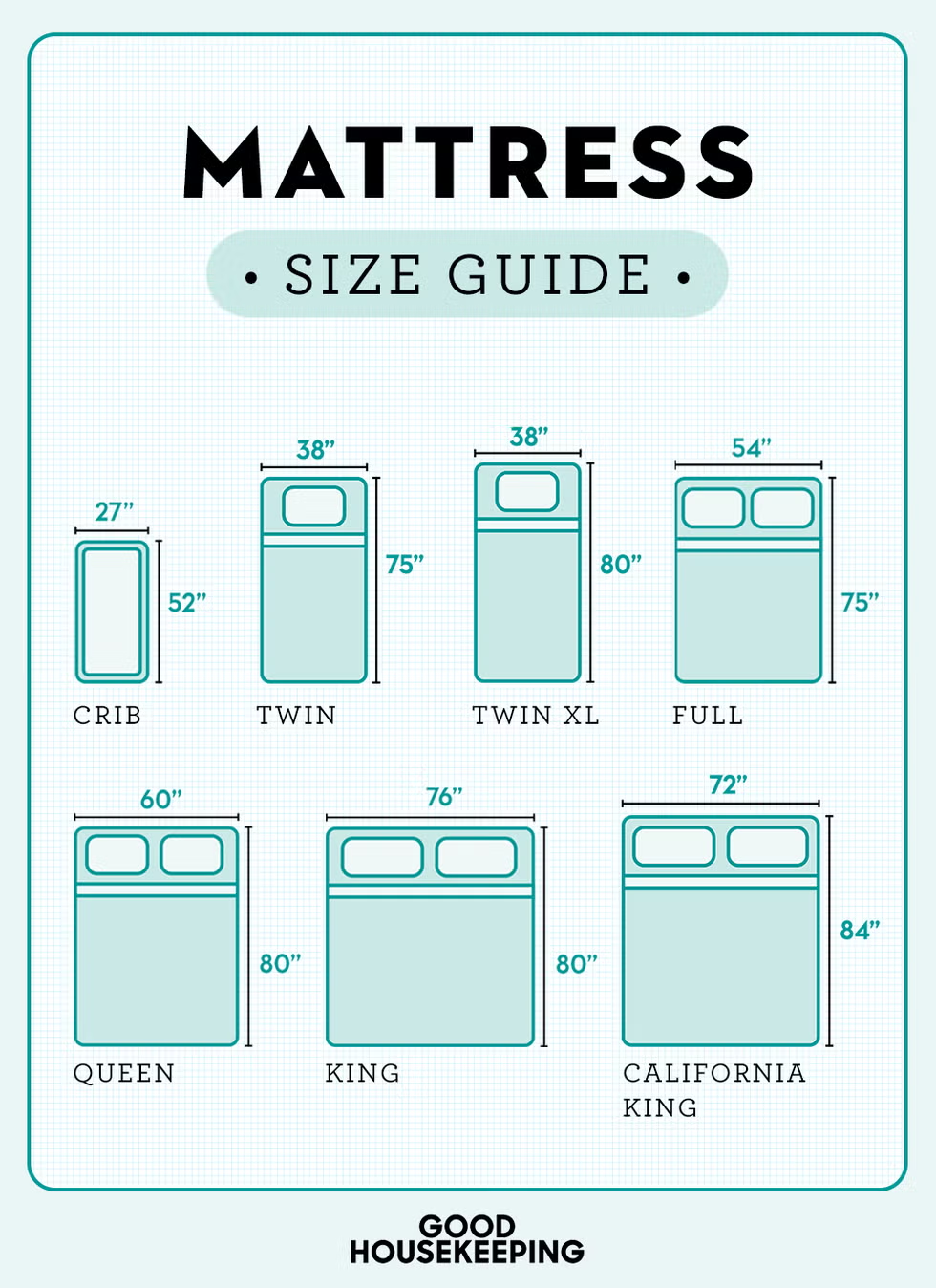
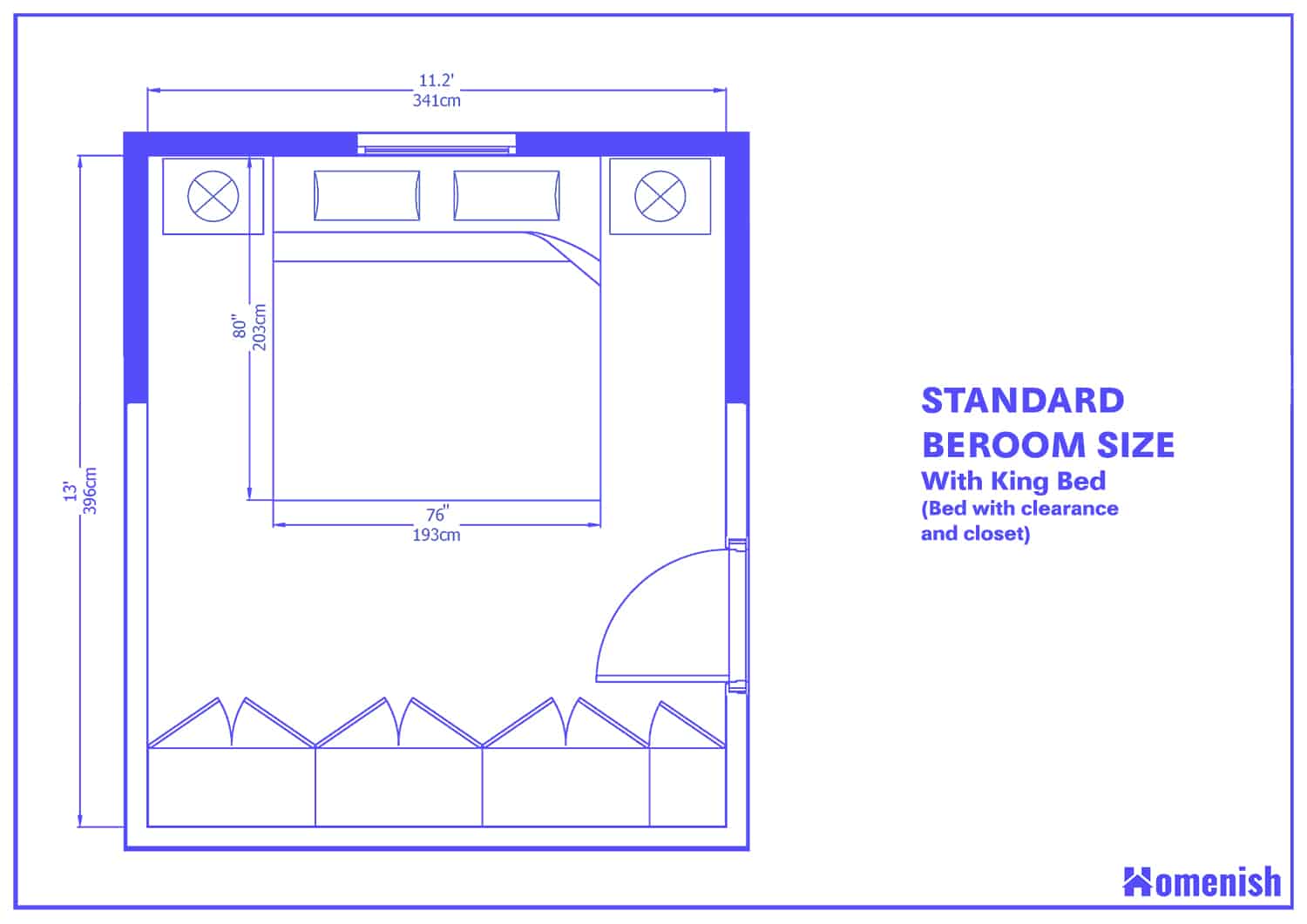
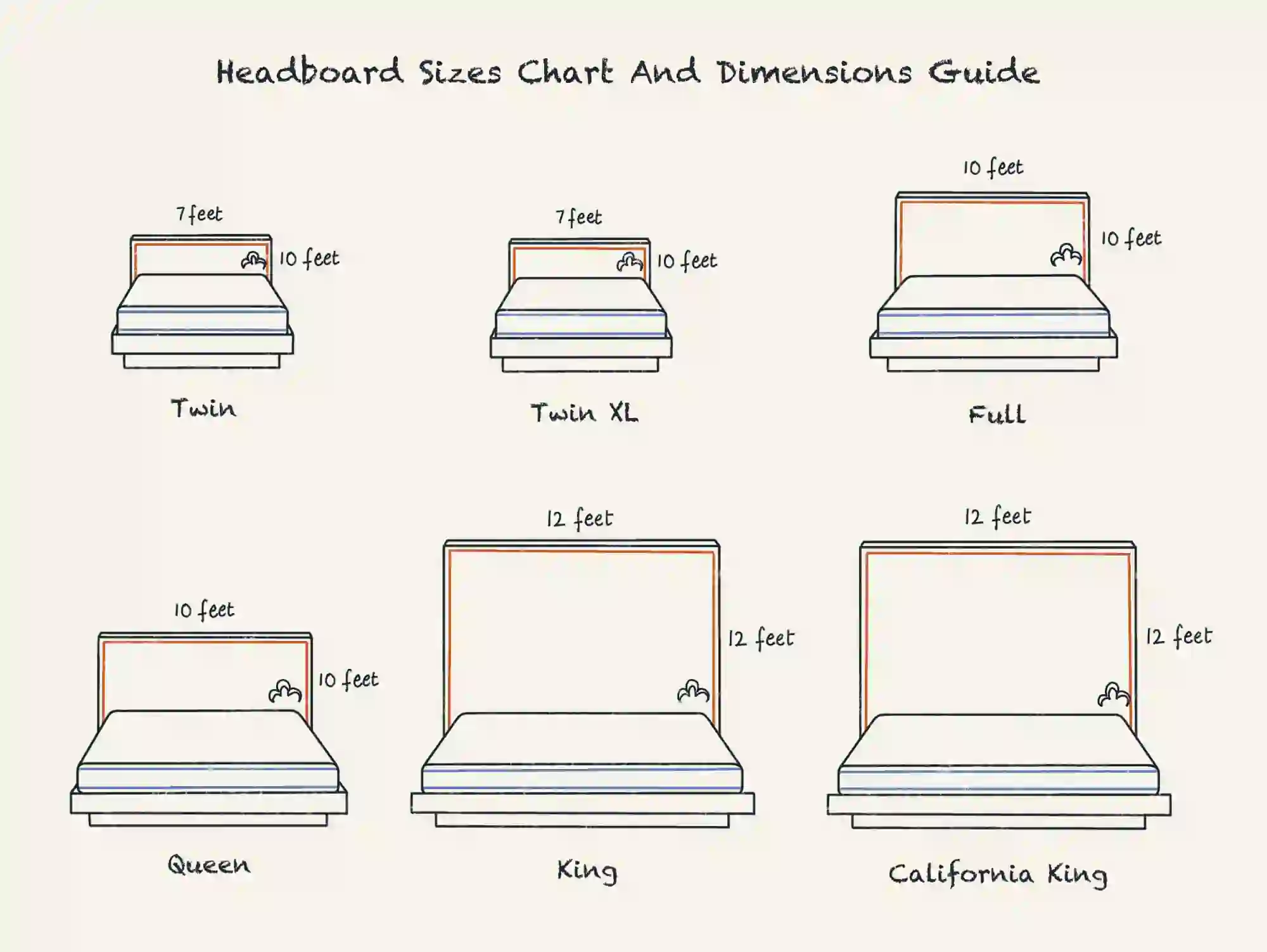
![What Is The Average Height Of A Bed What Size Bed Should I Get? [Size Guide + Calculator]](https://purple.com/sites/default/files/2025-03/9x16-ECM-how-different-bed-sizes-fill-an-average-room-9-16.png)

